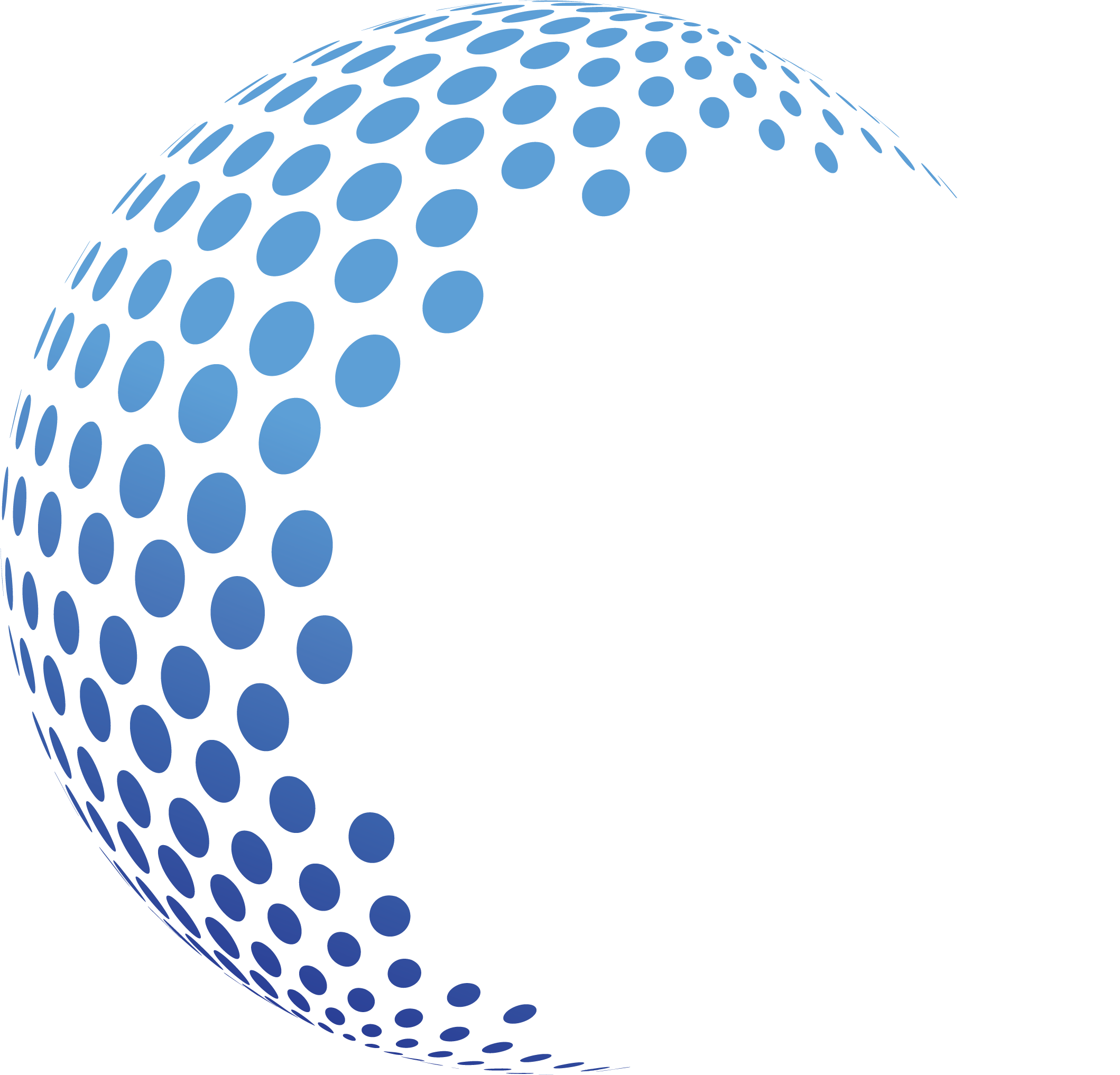WHAT IS SPACE WEATHER?
Space weather refers to a collection of physical processes, beginning at the Sun and ultimately affecting infrastructures on Earth and in space that support human activities. The Sun emits coronal mass ejections and plasma streams that release electromagnetic radiation and electrically charged particles. This expulsion of energy into the space environment can inhibit the function and reliability of technical systems in space and on Earth.
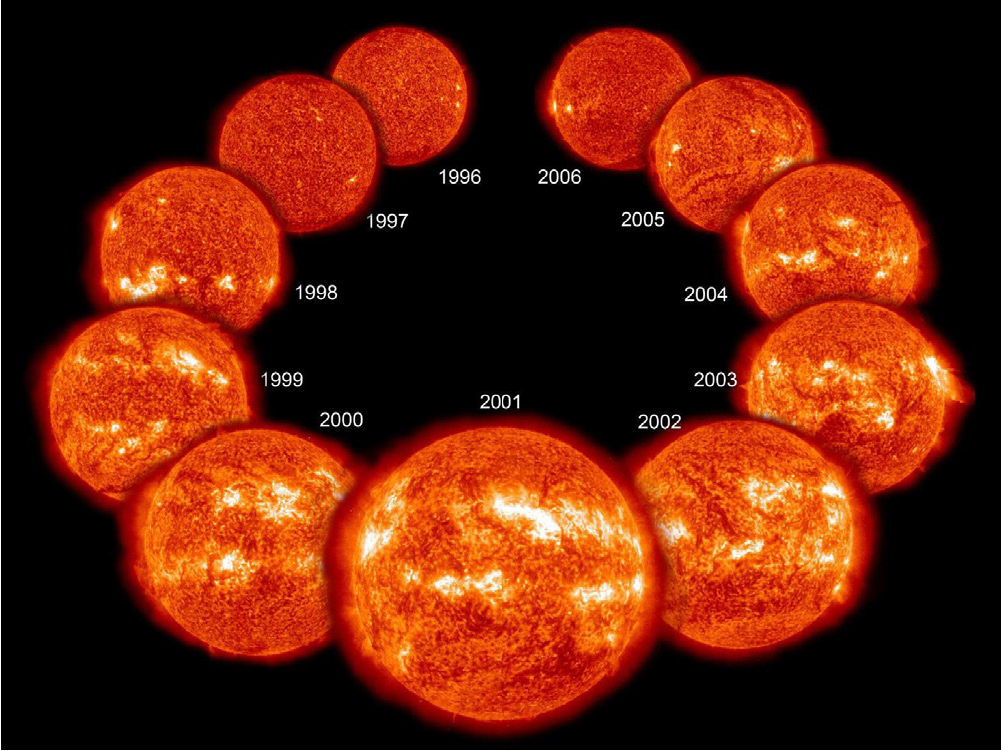
While space weather is a natural phenomenon, it is important to note that human activity can have similar effects on the space environment. The high-altitude nuclear explosions by the United States and the Soviet Union in the 1960s created artificial radiation belts near Earth and an electromagnetic pulse. Other artificial impacts on the space environment include chemical release experiments, high-frequency wave heating of the ionosphere, and the interaction of very-low-frequency waves with the radiation belts.
The Sun cycles through periods of increasing and decreasing activity that last roughly 11 years. The year 2020 is expected to see increased solar activity, which can create stronger space-weather effects.

SPACE WEATHER AND SPACE SECURITY
By affecting the ability of satellites and other technical systems to function properly, space weather poses a risk to the security of outer space. For example, powerful solar flares can cause radio blackouts and an expansion of Earth’s atmosphere, which increases drag on satellites, lowering their orbital positions. Space weather can also cause disruptions to high-frequency radio communication and global satellite navigation systems such as GPS, damage sensors, and cause satellites to fail or malfunction.
Space weather also poses a risk to critical technical systems on Earth. Rapid increases in the number and energy of charged particles can induce power surges in transmission lines and pipelines, and disrupt telecommunications and computer systems. And many activities on Earth rely on the use of satellite systems, including GPS and other space-based global navigation systems, for airline travel.
Because it is often difficult to determine the source of satellite failure or malfunction and to distinguish between natural and human causation, space weather also has implications for security dynamics in outer space.
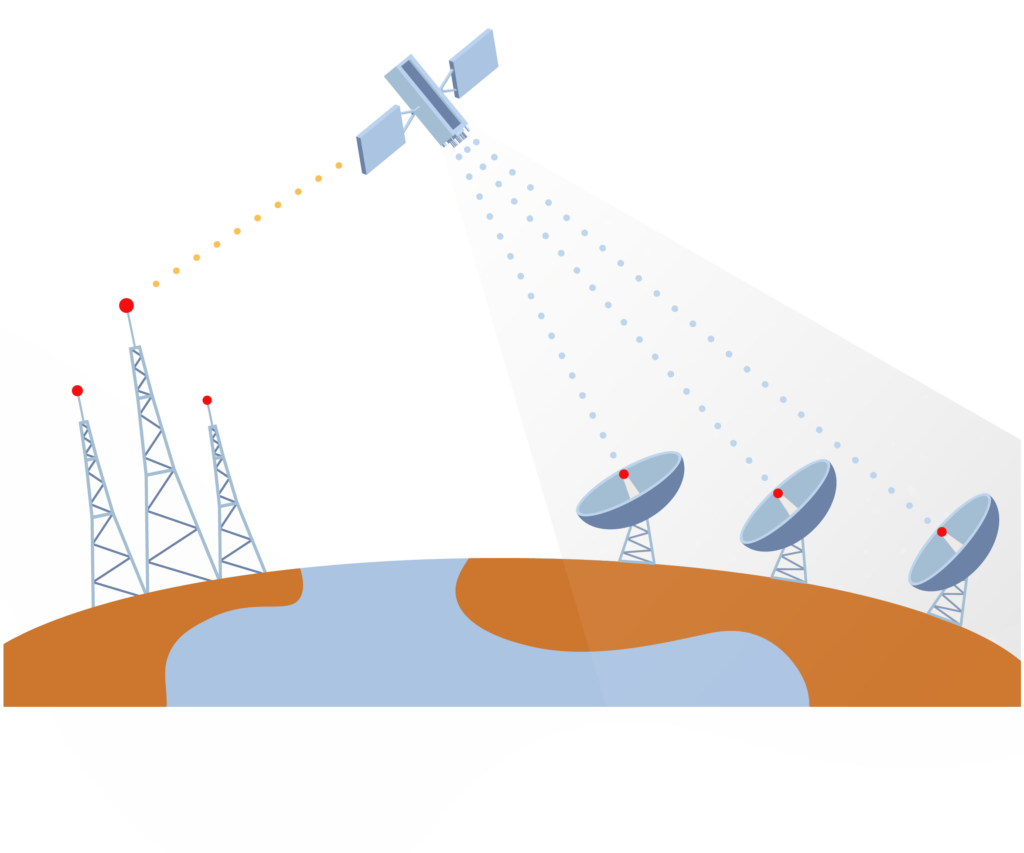
WHAT ARE SOME OF THE EFFECTS OF SPACE WEATHER?
The so-called Carrington event of 1859 is the most powerful geomagnetic solar storm on record. The storm caused auroras to be visible around the world; it produced sparks along telegraph wires that caused widespread system failures in North America and Europe. Lloyd’s of London has predicted that a similar storm today would cause outages to the North American power grid that would last from 16 days to two years and cause as much as $2.6-trillion in damages.
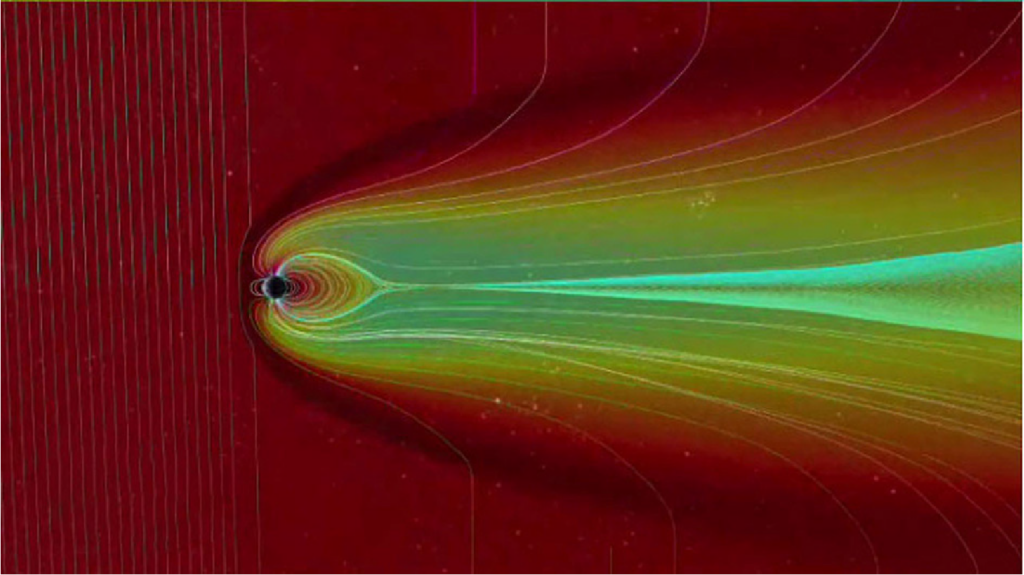
In March 1989, a geomagnetic storm generated electrical currents in power lines in Québec, Canada, causing protective devices to take sections of the grid offline. This action tripped other protective devices and, in 90 seconds, the entire Hydro-Québec power grid collapsed. The blackout left more than six million people in Québec and the northeastern United States without power for nine hours.
Many localized radio blackouts have occurred around the world. Computer systems have also been affected. Examples include an outage of computer systems operated by Brazil’s largest airline in 2012 and by the HSBC bank in the United Kingdom in 2011.
The effect of space weather on spacecraft was demonstrated in 1994 when a storm damaged the control electronics of two Canadian telecommunication satellites that were non-functional for the next seven hours.
PROTECTION FROM SPACE WEATHER: EARLY WARNING
Space weather cannot be prevented; instead, efforts focus on early warning to allow time to protect systems from serious damage. Various programs, often part of national space situational awareness capabilities, have been developed to study and predict harmful space weather. They include the following:
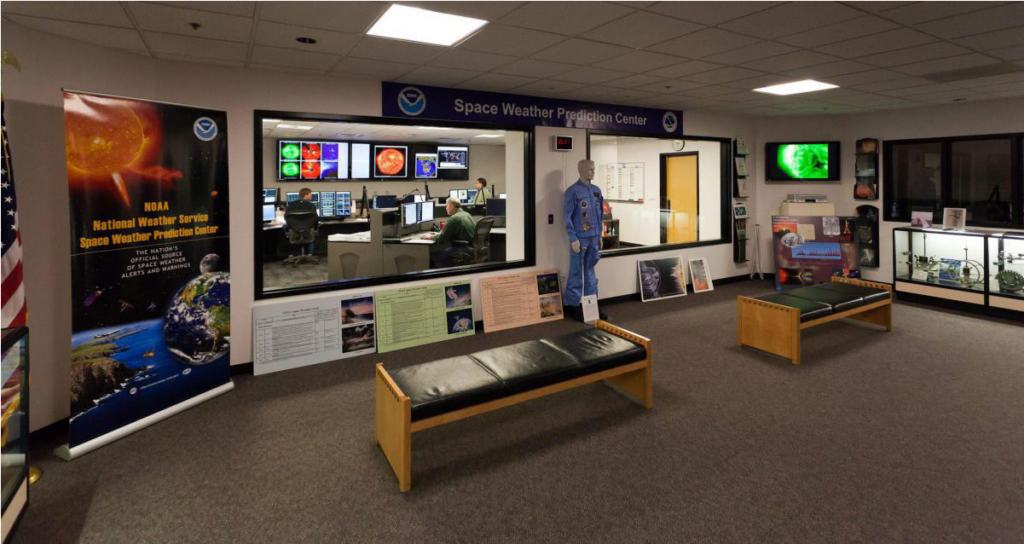
• The U.S. National Oceanic and Atmospheric Administration (NOAA) and the United States Air Force jointly operate the Space Weather Prediction Center, the national and global warning center for disturbances that can affect people and equipment operating in the space environment.
• As part of its Space Situational Awareness program, the European Space Agency (ESA) operates a Space Weather Office that collects data on space weather to provide early warning information to operators of space-based and terrestrial infrastructure to enable mitigation efforts.
• The ESA Space Weather Coordination Centre in Brussels, Belgium, provides support and service availability monitoring across Europe.
• The China Meteorological Administration maintains the National Space Weather Forecast Station.
Others countries that collect space weather data as part of national space situational awareness capabilities include Canada, India, Russia, Australia, and South Africa, as well as members of the European Union. Space weather forecasts predict events that can happen in several weeks—or in a few hours.
PROTECTING FROM SPACE WEATHER: MITIGATING DAMAGES
Because space weather can damage critical infrastructure in space and on Earth, several organizations consider it in disaster preparedness strategies.
• The United States released an updated National Space Weather Strategy and Action Plan in 2019 that blends domestic preparedness with national security in outer space. The focus is on resilience, preparedness, and reducing vulnerabilities to mitigate the severity of the effects of any disaster.
• Also in 2019, the White House issued an Executive Order on Coordinating National Resilience to Electromagnetic Pulses; such pulses can result from both natural and human activity.
• The United Kingdom released a Space Weather Preparedness Strategy in 2015 to help vulnerable sectors mitigate the effects of adverse space weather.
• Countries such as Canada consider the threat of space weather when preparing for domestic disasters.
Preparedness efforts mirror those for other emergencies, with a focus on withstanding disruptions to critical services.
GOVERNANCE
Space weather affects all space actors and all countries around the world, meaning that effective mitigation strategies involves significant international cooperation. There is no global organization specifically tasked with this responsibility; however, several initiatives are unfolding at various international organizations.
The UN Committee on the Peaceful Uses of Outer Space (UN COPUOS) has adopted a number of initiatives to advance international capacity-building and coordination efforts:
• International Space Weather Initiative (ISWI): COPUOS formed ISWI in 2009 to develop the scientific insight necessary to understand the science, and to reconstruct and forecast near-Earth space weather. Its activities continue under various COPUOS mandates, including the Expert Group on Space Weather.
• Expert Group on Space Weather: COPUOS formally adopted space weather as an agenda item in 2013 and established the Expert Group in 2014 to “promote increased and expanded member State involvement in providing space weather monitoring, from the ground and in space, and in developing, advancing, and sharing and delivering space weather services.” It is developing a roadmap for greater international cooperation and information exchange on space weather events for the purpose of developing modelling and forecasting capabilities.
• In 2019, UN COPUOS adopted Guidelines for the Long-Term Sustainability of Outer Space Activities, which include sharing operational space-weather data and forecasts, developing space weather models and tools, and collecting established practices on the mitigation of space-weather effects.
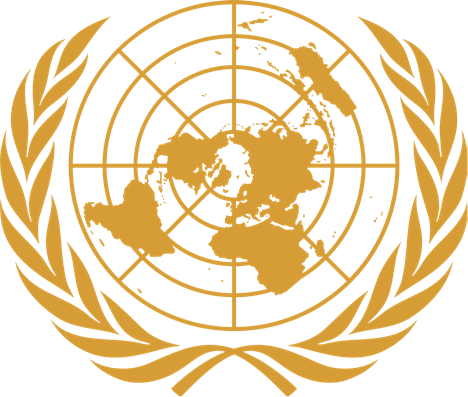
• The goal of the Working Group on the “Space 2030” Agenda is to leverage space and space technologies to achieve the UN’s Sustainable Development Goals. More specifically, the group’s work focuses on risk awareness and mitigation to enhance global resilience to the effects of space weather.
The World Meteorological Organization (WMO): The WMO created the Inter-Programme Coordination Team on Space Weather in 2010. Its mandate is to support Space Weather observation, data exchange, product and services delivery, and operational applications. A new four-year plan for space weather coordination activities was adopted in 2019. In 2020, the WMO’s Integrated Global Observing System became operational and together with the WMO’s Information System and the Seamless Global Data Processing and Forecasting System will serve a broad range of application areas, including space weather.
International Civil Aviation Organization (ICAO): This UN specialized agency was established in 1944 to manage the administration and governance of the Convention on International Civil Aviation. In November 2019, it announced the launch of a new 24/7 service to provide real-time and worldwide space weather updates for commercial and general aviation.
COSPAR: In 1958, the International Council of Scientific Unions (now the International Science Council) established its Committee on Space Research (COSPAR). The COSPAR Panel on Space Weather (PSW) recently developed International Space Weather Actions Teams to advance scientific knowledge to enable future improved space weather operational services.
REFERENCES
Dr. Sten Odenwald, “Space Weather–Impacts, Mitigation and Forecasting,” Visiting Scientists Program, University Corporation for Atmospheric Research, Boulder, CO, June 2, 2012, http://www.spaceweather.org/ISES/swxeff/5.pdf.
Elisabeth Krausmann, Emmelie Andersson, Mark Gibbs, William Murtag, Space Weather & Critical Infrastructures: Findings and Outlook, JRC Science for Policy Report, European Commission, 2016 http://www.horizontesespacio.net/wp-content/uploads/sites/4/2018/03/space_weather_coverreport_final.pdf.
Space Weather Canada https://spaceweather.gc.ca/index-en.php.
Natural Resources Canada, “What is Space Weather?” 2015, online: www.spaceweather.gc.ca/sbg-eng.php.
Space Weather Prediction Center (U.S.). “About space weather,” https://www.swpc.noaa.gov/about-space-weather.
T.I. Gombosi et al., “Anthropogenic Space Weather,” Cornell University Library, 23 March 2017, online: https://arxiv.org/abs/1611.03390.
Nicole Homeier & Lisa Wei, Solar Storm Risk to the North American Electrical Grid, Lloyds of London, 2013, p. 4. National Academies of Science, Severe Space Weather Events—Understanding Societal and Economic Impacts, A workshop report, 2009, p. 5, online: https://www.nap.edu/read/12643/chapter/4#5.

